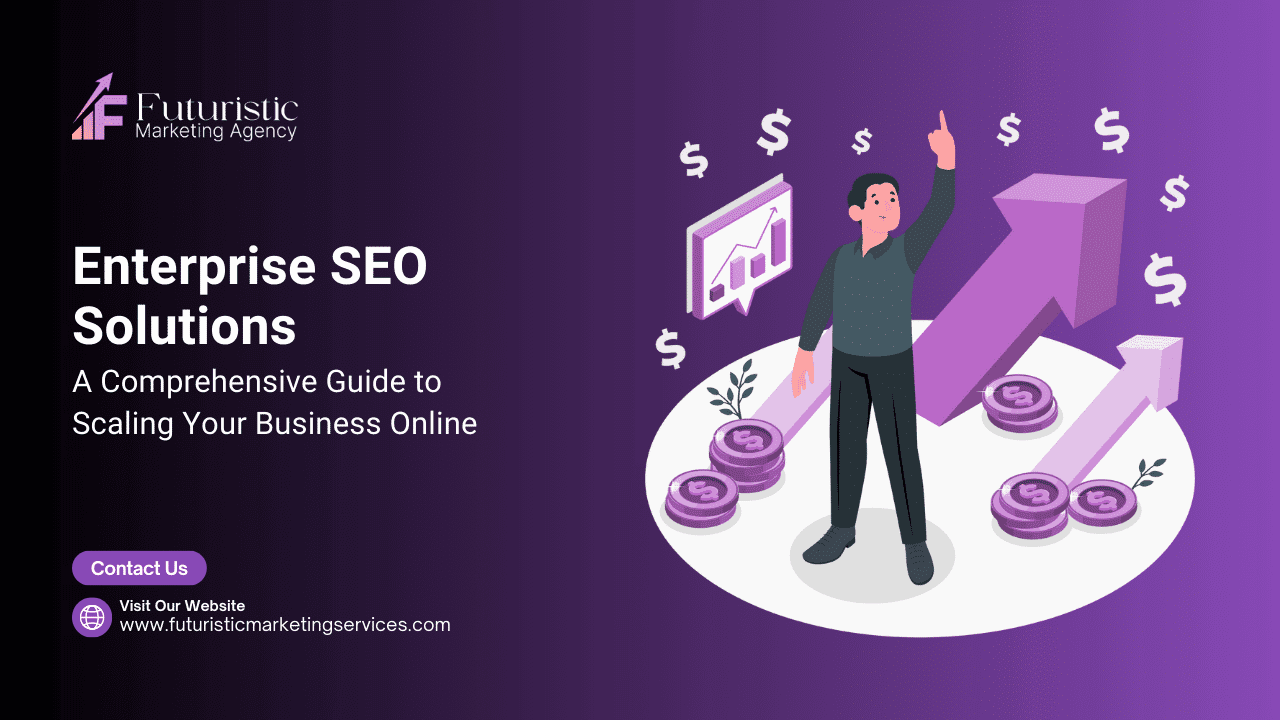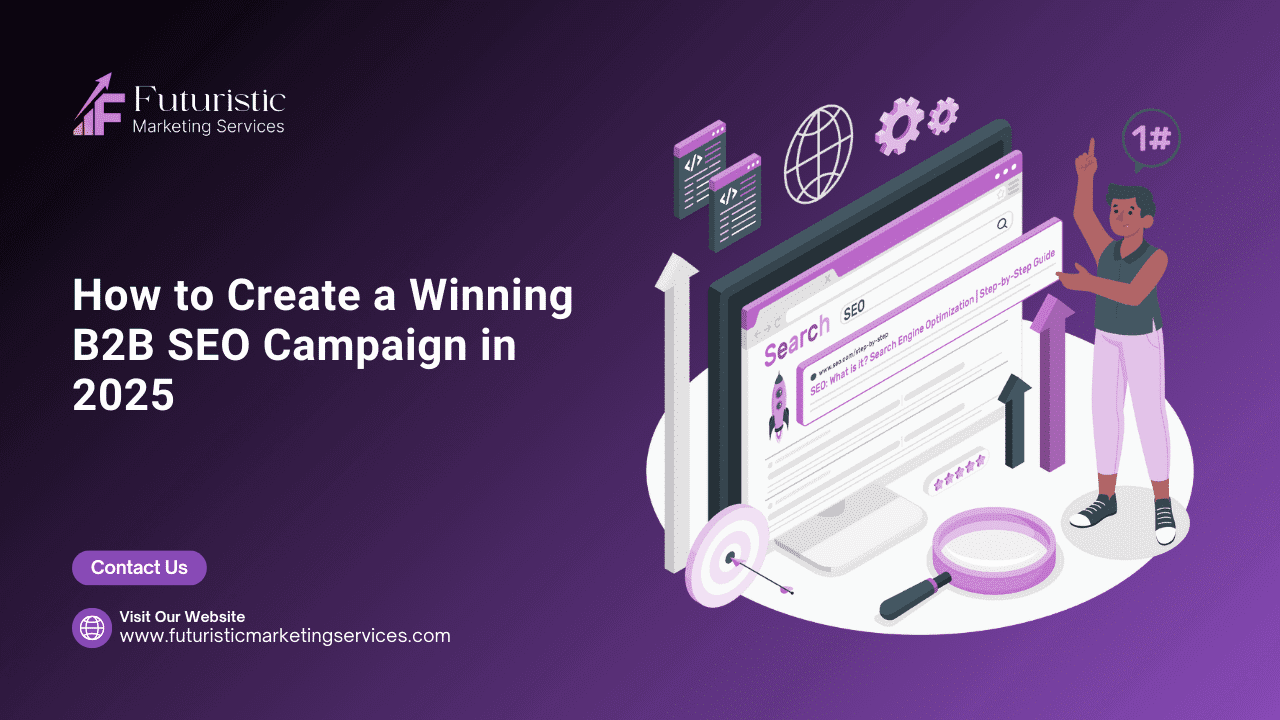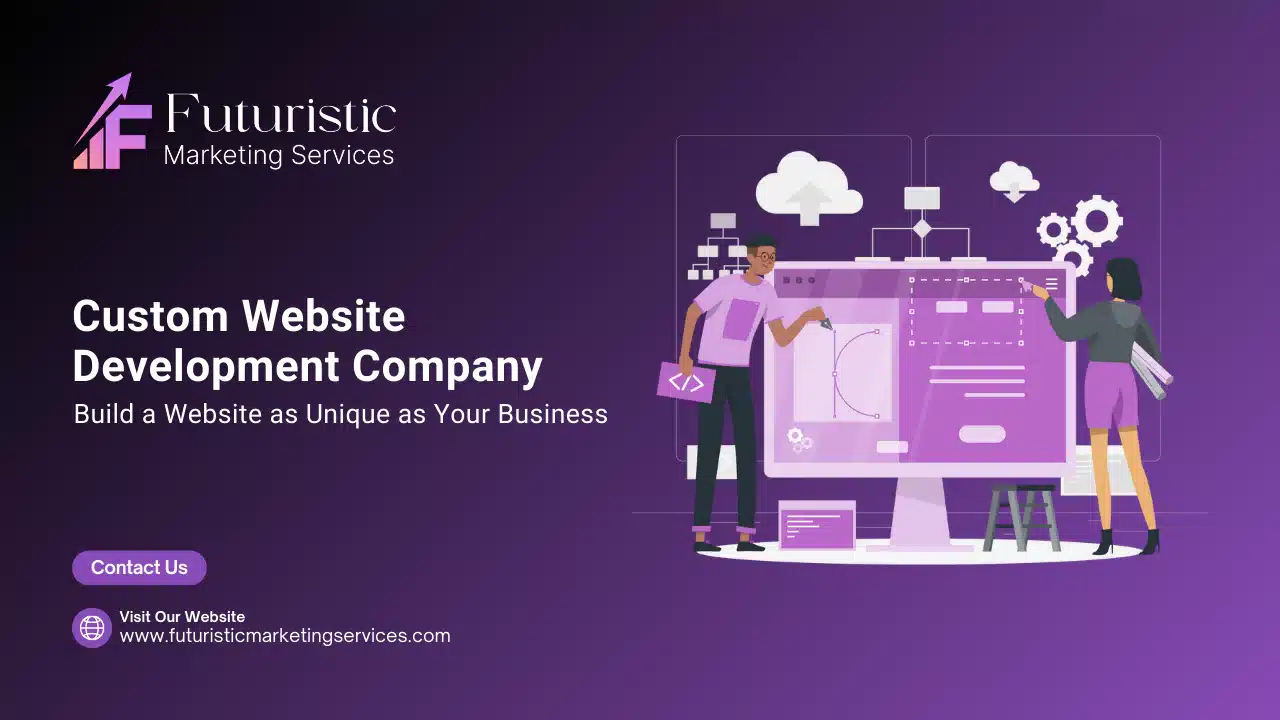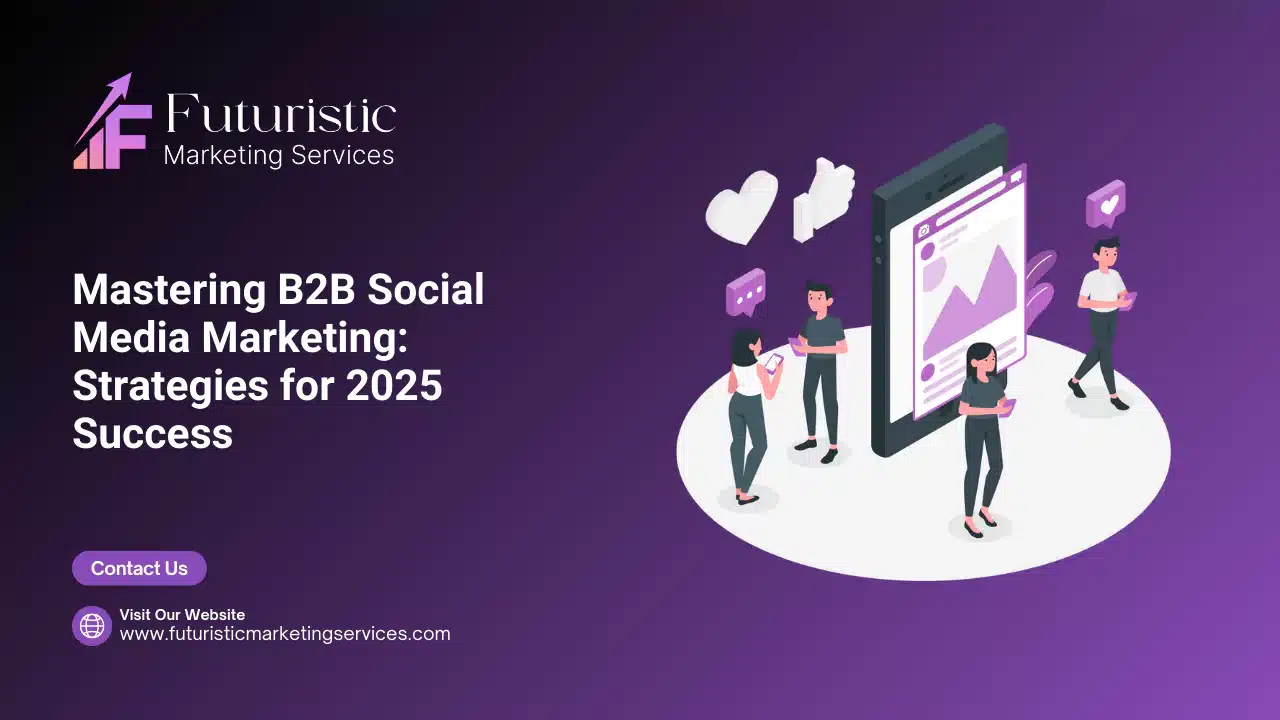What Is Enterprise SEO?
Enterprise SEO is the process of optimizing large-scale websites with hundreds or thousands of pages to enhance search engine visibility. It’s designed to address the complexity, scale, and unique challenges faced by large organizations, including global brands, e-commerce giants, and media companies.
By implementing enterprise SEO, businesses can achieve higher rankings, drive more organic traffic, and build long-term brand authority, making it an essential strategy for staying competitive in the digital space.
Why Is Enterprise SEO Important?
For large organizations, enterprise SEO ensures that vast amounts of content, often spanning multiple regions, languages, or business units, are easily discoverable by search engines. Unlike traditional SEO, enterprise SEO involves:
- Strategic scalability: Aligning goals across global and local markets.
- Advanced tools and technology: Leveraging platforms like BrightEdge, seoClarity, and Ahrefs for data-driven decisions.
- Cross-functional collaboration: Ensuring marketing, IT, and content teams work together seamlessly.

Key Components of Enterprise SEO
1. Technical SEO: Building a Strong Foundation
Enterprise websites are prone to technical SEO challenges. Addressing these ensures better crawlability, indexability, and user experience.
-
Optimize Site Architecture:
1. Use clean, hierarchical URL structures.
2. Ensure logical navigation to simplify search engine crawling. -
Improve Load Times:
1. Compress images (WebP format, under 50kb).
2. Use a Content Delivery Network (CDN) to distribute content globally. -
Resolve Duplicate Content:
1. Use canonical tags for duplicate pages.
2. Regularly audit for redundant content. -
Add Schema Markup:
Leverage structured data for rich snippets, including FAQ schema, product schema, and local business schema.
2. Content Optimization: Meeting User Intent
Enterprise content strategies must scale effectively to cover multiple user personas and search intents.
-
Keyword Placement Best Practices:
1. Place primary keywords in the H1 tag, meta title, and meta description.
2. Integrate secondary keywords naturally, maintaining a density of 0.3–0.4%. -
Focus on Readability:
1. Break content into short paragraphs (1–3 lines) with subheadings for easy navigation.
2. Use FAQs to address common queries (at least five per page). -
Visual Content:
1. Add optimized images and videos with descriptive alt text.
2. Embed videos with video schema to improve visibility in video carousels.
3. Advanced Keyword Research and Targeting
- Use tools like SEMrush, BrightEdge, and Ahrefs to identify high-volume, low-competition keywords.
- Balance targeting between short-tail keywords for broad visibility and long-tail keywords to capture specific user intent.
- Prioritize keywords that match transactional and informational searches.
4. Internal and External Link Building
-
Internal Linking:
1. Link to related blogs or landing pages with exact or partial match anchor text.
2. Avoid linking the same page multiple times. -
Backlink Strategy:
1. Build links from authoritative industry sources.
2. Monitor your backlink profile to avoid spammy links.
5. Local SEO Optimization
For enterprises with multiple locations:
- Optimize each location's Google My Business profile.
- Use consistent NAP data across directories.
- Add location-specific landing pages with local schema markup.

Best Practices and Solutions
- Managing Large-Scale Websites: Handling outdated content, duplicate pages, and bloated sitemaps on vast websites requires regular technical audits to identify and resolve issues.
- Cross-Departmental Collaboration: Misalignment between marketing, IT, and other teams can hinder SEO efforts, making a governance framework essential for streamlined processes.
- Adapting to Algorithm Changes: Frequent algorithm updates demand constant monitoring and strategy adjustments to maintain competitive rankings.
- Scaling Content Production: Balancing quality and quantity for large-scale content production while maintaining brand consistency is a significant challenge for enterprises.
- Tracking Performance Across Complex Campaigns: Measuring SEO ROI across multiple channels and regions requires advanced analytics and reporting tools to track success effectively.
Best Practices and Solutions
1. Invest in Advanced Tools
Platforms like seoClarity, BrightEdge, and Ahrefs provide insights into traffic trends, keyword performance, and content gaps, enabling data-driven decisions.
2. Develop Scalable Content Systems
Use CMS platforms that allow bulk metadata updates, support multiple languages, and integrate seamlessly with SEO tools.
3. Build Trust with Social Proof
- Include customer reviews, testimonials, and case studies.
- Add statistics or research-backed claims to enhance credibility.
4. Optimize for SERP Features
- Add FAQ sections and structured data to target featured snippets.
- Use images, videos, and local schema to increase visibility in SERP features like local packs, knowledge panels, and image carousels.

Case Studies: Real-World Success
Case Study 1: E-commerce Giant
An international retailer restructured its website architecture, optimized product pages with relevant keywords, and implemented advanced schema markup. The result? A 50% increase in organic search traffic within six months.
Case Study 2: B2B SaaS Leader
By resolving technical issues like crawl errors and slow page speeds, a SaaS company improved its domain authority and achieved a 30% boost in rankings.
Future Trends in Enterprise SEO
- AI-Powered SEO Tools Leveraging AI for keyword research, content optimization, and predictive analytics will drive efficiency and better insights.
- Voice Search Optimization Adapting strategies to cater to conversational queries as voice search continues to gain popularity.
- Core Web Vitals Focus Prioritizing site speed, interactivity, and visual stability as search engines emphasize user experience metrics.
- Increased Role of Automation Automating repetitive tasks like reporting, technical audits, and large-scale content updates to streamline processes.
- Content Personalization Creating hyper-relevant, dynamic content tailored to user intent and behavior will become a key ranking factor.
Conclusion
Enterprise SEO is a comprehensive, dynamic approach that requires careful planning and execution. By focusing on technical optimization, scalable content strategies, and advanced analytics, businesses can overcome challenges and achieve sustainable growth.
Actionable Takeaways:
- Audit your website regularly to identify technical issues.
- Invest in enterprise-grade SEO tools.
- Create a governance framework to align all teams.
- Focus on user intent by delivering valuable, engaging content.
- Optimize for SERP features to maximize visibility.









